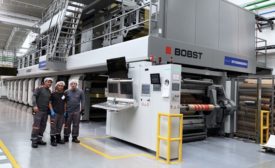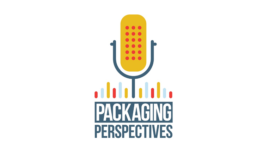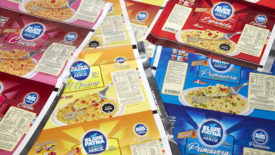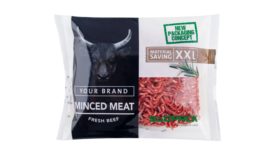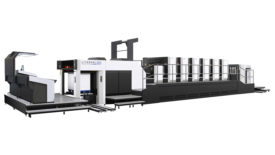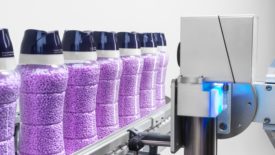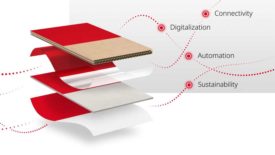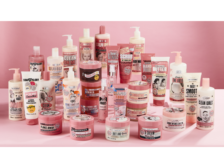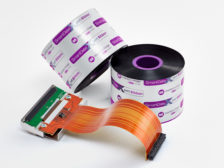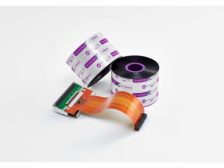Home » printing technology
Articles Tagged with ''printing technology''
Podcast | Ink & Labeling Sustainability
From the Packaging Perspectives podcast series
April 24, 2023
Pioneers in Sustainable Packaging are Winning Recognition
New technologies and conscientious operational practices are among drivers of success in moving toward sustainability.
February 10, 2023
SÜDPACK Showcases “Flow Pack Purepp” for Ground-Meat Products at EMPACK
September 16, 2022
Printing
The Perfect Partnership: Profitability and Sustainability Go Hand-in-Hand for Package Printing
Far from increasing operating costs, sustainability is often the key to saving money and increasing profitability.
August 3, 2022
Printing
Tips for Better Flexible Film Coding
Flexible film is today’s fastest-growing category of packaging, finding uses in a wide range of products. As a digital technology designed for flexible film, Thermal Transfer Overprinting offers many advantages over alternatives.
October 11, 2021

